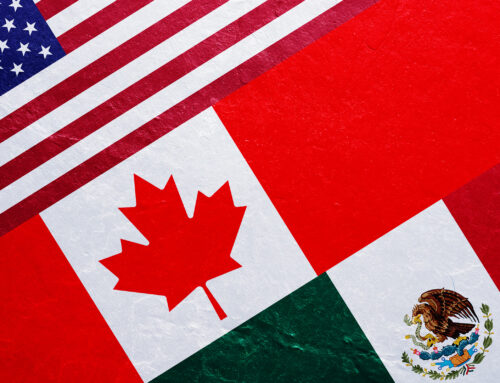Photo © geotrac – iStock.com
Handling global pricing transparency has become a hot button for many of our clients, with Amazon acting as the catalyst. Customers are getting access to prices on a global basis from the web, and are able to compare the prices they pay in their market versus what the product costs in another market, all in a matter of minutes.
For example, one of our US-headquartered clients started experiencing a sharp decline in sales in some of its key markets such as Europe, Japan and Australia, while sales in the US were growing rapidly. The root cause? The price gap between buying online from the US versus the local market was so large that customers were ordering the product from the US. Even with the additional shipping and duties, the total savings were sufficient enough to warrant the additional costs.
This problem is very noticeable among companies selling through distribution channels. Price transparency is increasingly conflicted because channel partners are being embarrassed by prices customers are finding on the web. In Japan for example, the electronics industry has historically had retailers that provide a great deal of service to their retail customers….at a price premium. The price gap has been as much as 50-60% higher versus the price paid in the US. However, now that Japanese consumers are seeing the gap in pricing between the US and Japan they are going to stores to help with product selection, but then ordering online. So what if shipping costs an additional 15%…it’s still worth it!
If you are a US manufacturer and value your Japanese channel customers how do you adjust your pricing strategy to ensure you are competitive? We suggest following these steps to start gaining control of your pricing, and managing price transparency rather than being managed by it.
1. Understand all elements of pricing (price waterfall) between you and your end user
This includes:
- Freight costs
- Importation duty
- Local taxes
- Currency considerations
- Proximity to the lowest priced market and visibility of pricing in the lowest priced market
- Channel margin expectations
This will help you understand when a price gap is excessive. Identifying excessive price gaps requires some tough decisions. Are your channel partners providing sufficient value to warrant the margins they are charging? Do we need to take a price cut in markets in which we are overpriced?
2. Develop a baseline price from which you can index all other prices
If your headquarters is in the US then your base price is likely to be the US market. If it is in Europe then it is likely to be Europe. Whichever the market, you need to be continually monitoring the price gap between different markets into which you are selling. For example, one client of ours made the US MAP price their index price, and they have set a threshold price gap for each of the other markets into which they sell. When they go outside of that price band then they need to make an adjustment to get back inside guidelines to avoid pricing conflict.
3. Recognize differences in product profitability and lifecycle
Value differences for a product can be significant between different markets. For example, a brand in one market may be seen as a premium product while in another market it is considered a “me too”. This can lead to significant price variation, but with price transparency the customer can now see the price in the “me too” market and get access to it. Now, companies must manage value globally. It is not good enough to do it on a regional basis. And you must determine which markets will be the drivers of pricing for your product. If a company has a product with very high perceived value in Europe (say, worth 30% more than next best alternative), but it is “me too” in the US (worth parity to next best alternative), then the company must decide which market will play the more important role in its pricing and adjust accordingly. This may involve raising the prices in the “me too” market or lowering the price in the high value market. Either way it’s not a desirable position to be in; it raises the importance of creating “global brands” that are valued by customers in all markets.
Global pricing transparency is a difficult challenge to wrestle to the ground. It requires more coordination between the regions and much greater transparency internally. But there is no choice about whether to manage prices globally! Companies must become more adept at developing pricing strategies that address this challenge. Those that succeed, will experience greater growth and profitability. Those that don’t will be embroiled in conflict both internally with channel partners, and with end users.
Article written by Paul Hunt, President of Pricing Solutions. Pricing Solutions is an international pricing strategy consultancy dedicated to helping clients achieve world class pricing competency. Paul also writes for the Pricing Solutions Club.





